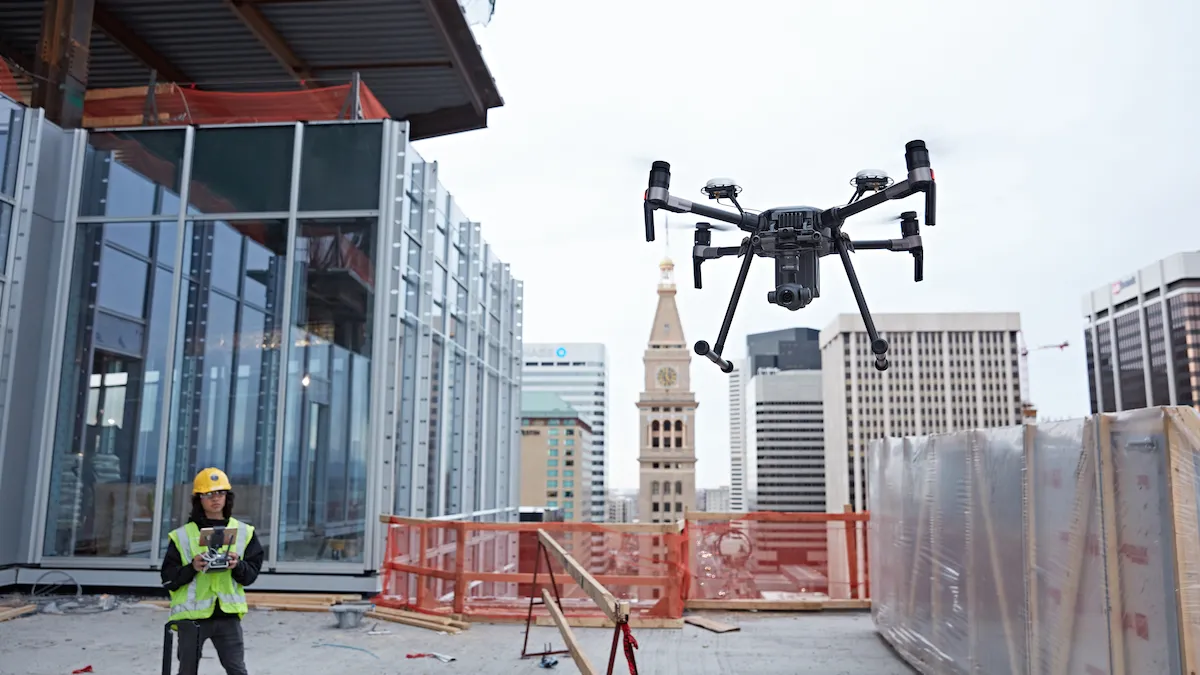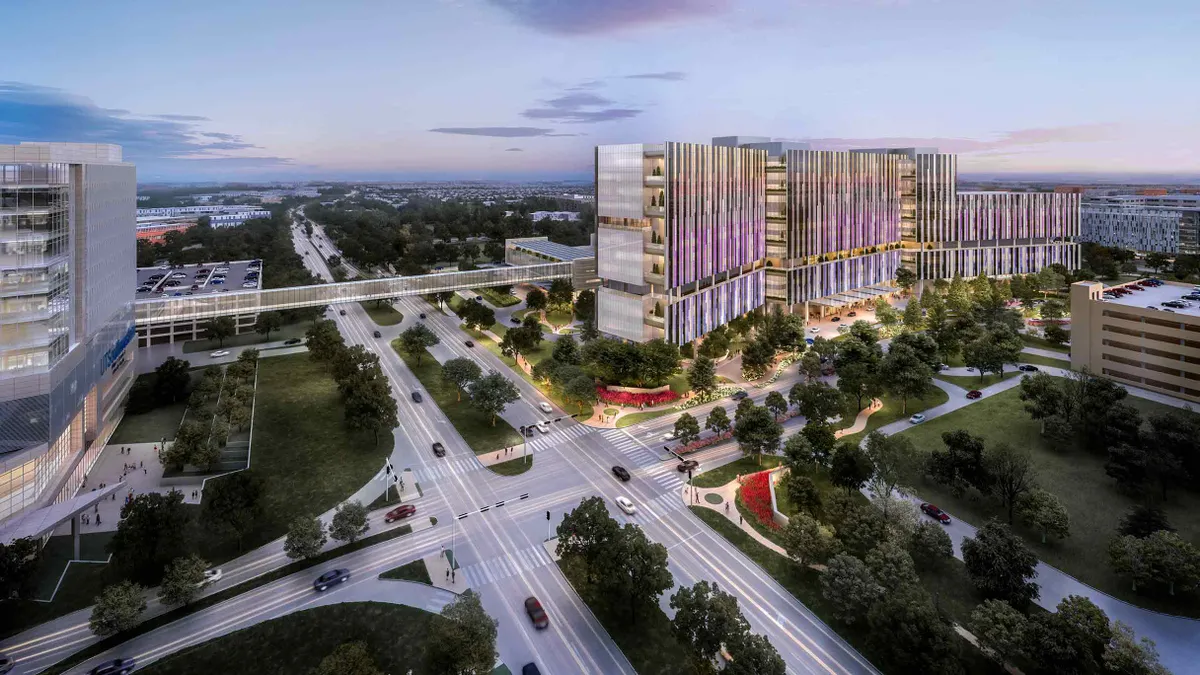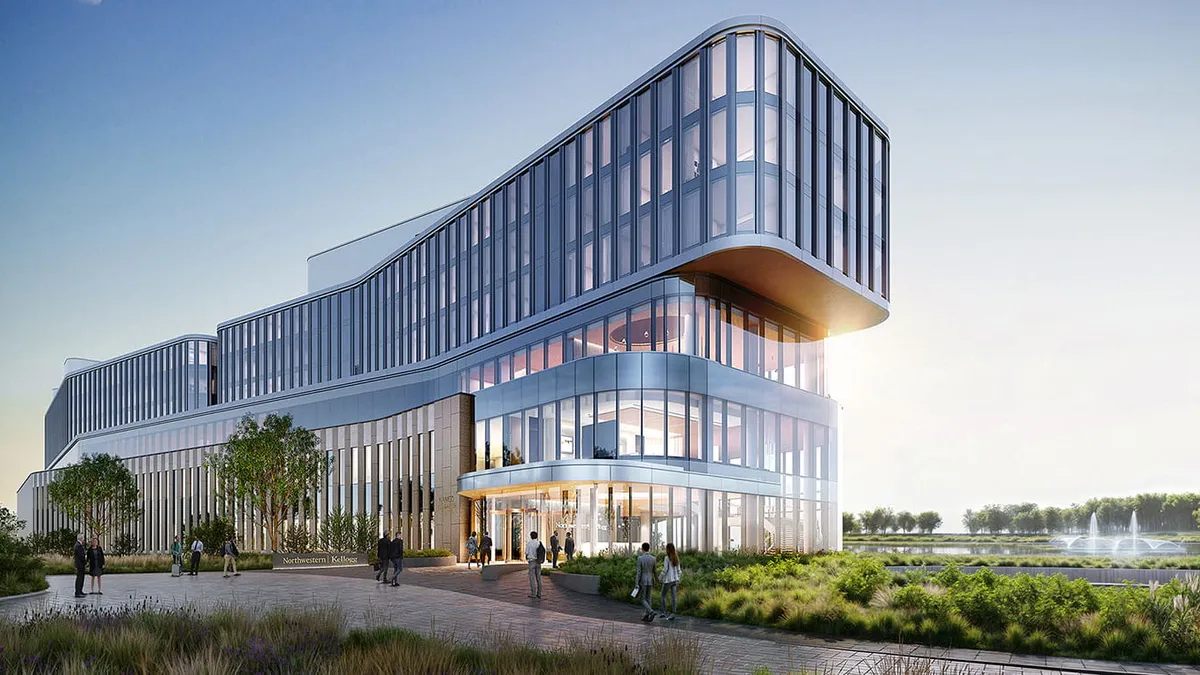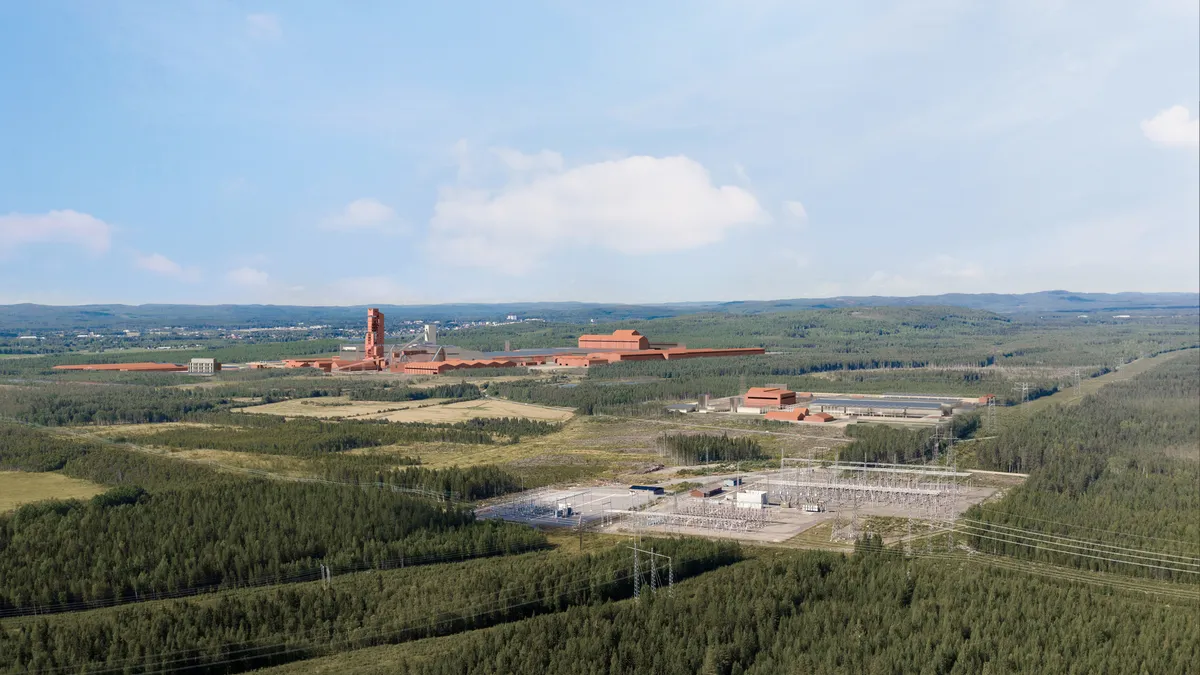The construction industry may be slow to change, but technology’s influence on and off the job site is unmistakable.
One company fueling that trend is Berkeley, CA–based 3D Robotics (3DR), a commercial drone software developer focusing on single-layer data collection and analysis. Founded in 2009 by former Wired Editor-in-Chief Chris Anderson, the company wants to increase drone use in AEC.
On Tuesday, the company announced a move to partner with former a competitor, the global drone-maker DJI. DJI drones can now use 3DR’s Site Scan technology, which allows autonomous flight modes, multi-engine cloud processing, topographic surveys and volumetric measurements. Coming roughly two months after the company secured $53 million in Series D funding from investors including Atlantic Bridge and Autodesk, the move fulfills the company’s promise to invest that capital into expanding Site Scan.
Construction Dive spoke with Anderson about 3DR’s latest move, how aerial scanning is improving job site processes and what that means for construction companies looking to gain an edge.
This interview has been edited and condensed.
What’s the advantage for 3DR in partnering with a large manufacturer like DJI?
ANDERSON: The simple answer is it is what the marketplace wants. In the early days, we were competing with DJI and making our own drones and drone technology. Then the industry was all about who could make the best, cheapest, and easiest drone to use. We exited the consumer market largely because the economics were not attractive there.
DJI is now not only a viable choice in that their drones work well and have an open application programming interface, but they are also innovating so quickly that you can be pretty sure that whatever the future of drones is, DJI will be the first to have it. We're future-proofed in the sense that we can support any vehicle that DJI makes.
What does this kind of a partnership mean for construction?
ANDERSON: Construction teams right now are mostly in evaluation mode, and so they have standardized very few new technologies. Over time, standardizing a single hardware platform [for something like drones] will make it easier to deploy more broadly.
Another part of our announcement is Enterprise Atlas — the notion of sharing data across the company and allowing multiple accounts to have different permissions. What you're seeing overall is a trend in the industry that's less about the drone and more about the data.
What’s the role of aerial scanning today?
ANDERSON: Drone surveying is most useful in the beginning of a construction project and in quality control. They can do daily scans and clash detection, comparing the as-designed with the as-built. Not only can you identify deviations, but you also have this paper trail, so you have daily or even hourly records of the site.
What kind of competitive advantage does it give?
ANDERSON: For a construction company, there are three dimensions that matter — time, cost and quality. You can only manage what you can measure, so if you could measure a project better, then you could manage it better and therefore it would be faster, cheaper and better. Drone scanning is just one of the tools that allows you to measure that site better.
What challenges does the use of aerial scanning via drones bring?
ANDERSON: There are three sets of challenges. One is training, workflow — who uses it and how do they use it. Challenge two is 'What is it for? What's the most obvious ROI?' That's the killer [mobile] app, where you push a button and [the product and service] works. Challenge three is regulatory — 'Are we allowed to do this? What are the rules for doing this?' The challenge of using the product and its complexity is something we've been working on, and the DJI [partnership] just helps.
What are the construction companies that are using this technology doing right with it?
ANDERSON: Some people are using it for inspections, some as part of their initial project pitch to a customer, some for quality assurance, etc. The applications that seem to resonate most involve earthworks and monitoring the foundation layer. The sweet spot for drones seems to be the earlier stages of construction. Once the building goes up and the work goes to the interior, that's a different role.
How are construction teams being trained to use the software and hardware, and then in understanding the data that’s been gathered?
ANDERSON: Using [Site Scan Field] we've made a very easy process. It's just an app, and for most sites, not a lot of training is required to use it. Every construction company has to have an operator with a Part 107 license [in order to use a drone for commercial purposes], or they need to use a services firm that provides people with such a license. It's a lot easier [to push a button] than it is to go through the other training that equipment operators use.
What's harder is figuring out how to integrate this data naturally into the entire construction process. Originally there was one operator and one access point to the data. Increasingly we're seeing, especially with BIM, that the data needs to flow between the general managers, the clients and other relevant people. But everyone wants a different lens on it — some people might want the annotation layer, other people should not see the annotation layer. Some people want 2-D, some people want 3-D, some people want the overlays and CAD files. The notion of integrating this technology into an increasingly complex, collaborative workflow is the challenge. But the future of construction is increasingly digital, collaborative, mobile and cloud-based.
What’s the future of drones in construction? What are you most excited about?
ANDERSON: It's a technology that's exciting, it clearly has a potential, but it's not standard practice yet. I will be happiest if drones become a boring bit of construction machinery like a generator or a crane. When you go to a construction site, on the outside wall it says 'Warning, laser in use.' That's because it's completely standard. Maybe some day it will say 'Warning, lasers and drones in use.'
The day it becomes so normal that no one says 'Oh look, a drone,' that's what we call a victory. The future of the industry being boring sounds kind of uninspiring, but when you're dealing with big, industrial markets, you've got to go beyond the early adopters.






















